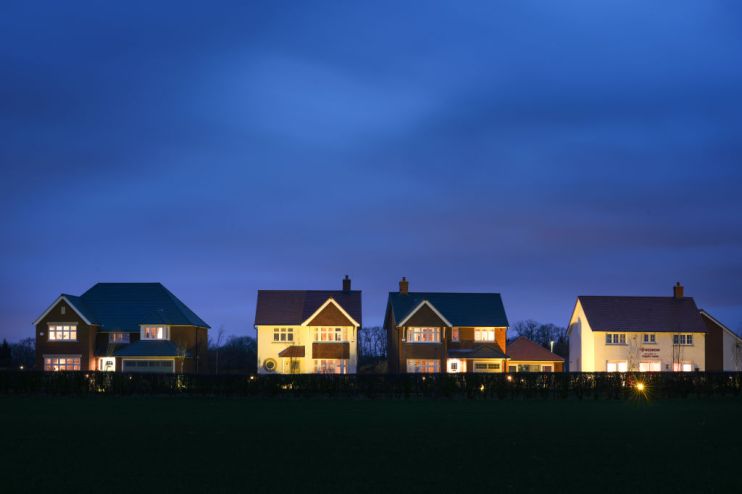Britain needs more safe and energy efficient homes, but targets miss the point

Last week, we saw Conservative party backbenchers oppose Michael Gove’s target to deliver 300,000 homes a year in England. The scale of the rebellion meant the vote on planning reforms, enshrined in the levelling up bill, was pulled.
The government’s levelling up strategy has the potential to make a positive difference, but its focus on numbers and short-term targets may lead to a missed opportunity to enact long-term change if it prioritises quantity over quality.
Decision-makers adopt a broader, more holistic approach to housing and planning, which takes a view over decades, not just years.
Even with the focus on creating affordable housing and the immediate need to control energy costs, there remain questions around resilience, longevity and futureproofing of our housing stock.
Without reforming policy and promoting a more collaborative culture across the sector, the UK could be exposed to a host of economic and social costs, including higher-than-average energy bills, lower home resale value, and increased vulnerability to extreme weather events.
While the government’s recent insulation support package will improve energy efficiency and tackle some of these costs, its approach to retrofitting needs to take a long view. To date, incentives have targeted consumers rather than the construction industry and failed to address the complexities surrounding the materials and the invasive installation process which are part of making buildings more sustainable.
Future incentives must account for these complexities and focus on supporting consumers, businesses and industry to buy into the sustainability agenda. Any new measures should also be developed in partnership with the built environment sector through a Sustainable Buildings taskforce.
The government must also turn its attention towards the bigger role the built environment can play in mitigating emerging risks and creating positive outcomes for communities. The introduction of smart technologies within homes would be another way to drive continuous improvements in building efficiency, sustainability and performance. The government should incentivise industry to quickly adopt new technologies and approach construction in a more innovative way. Fully connected homes can cut energy use by 30 per cent, self-report flood and fire risks, and request repairs based on data from hundreds of sensors evaluated through artificial intelligence.
When smart homes live together, they become smart communities or cities where facilities such as water supply, power grid management and waste disposal are streamlined, and risks are more easily identified and dealt with. The potential benefits are huge – from improved energy efficiency to overall resilience in the face of unexpected risks.
Creating safer, more sustainable buildings will benefit everyone – from central and local government to businesses and people. It has the potential to protect the environment, and boost productivity.
Industry and the public sector must work together to help communities reap the benefits associated with a well-planned, energy-efficient and more resilient built environment. Failure to do so risks jeopardising our transition to net zero and leaving the door open to the continuing economic and social costs associated with unsafe and inefficient buildings.
